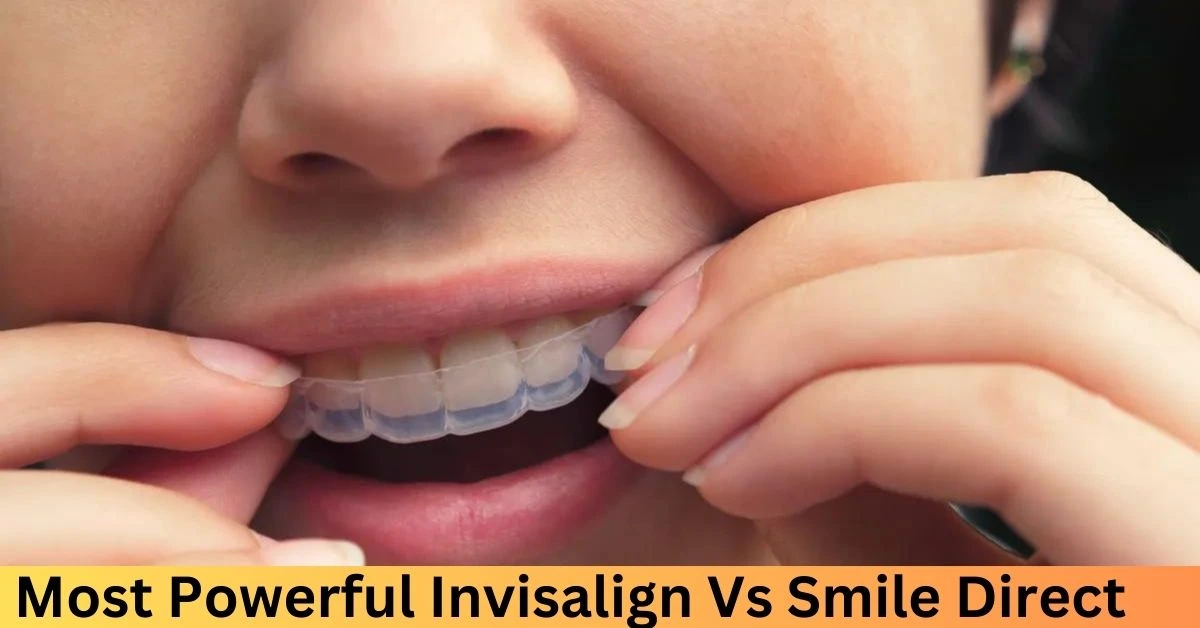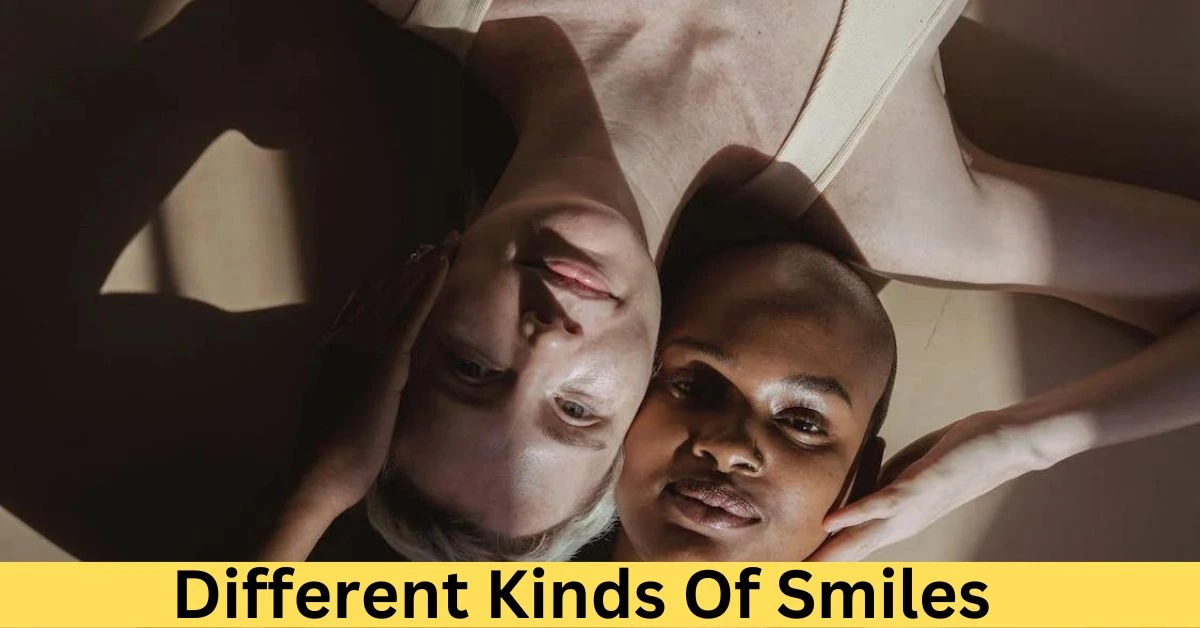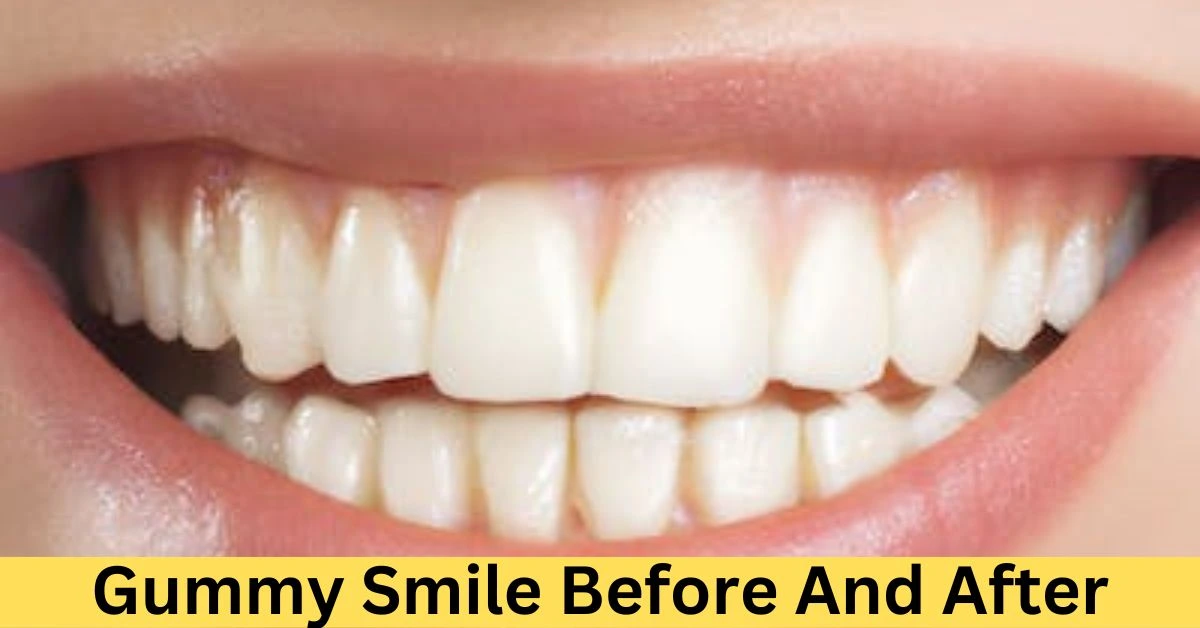The Ktestone Smile Dating Test is a popular online quiz that claims to reveal your “dating style” based on your answers to a series of 12 questions, each presented with two smiley face emojis as choices. It’s important to approach this test with a healthy dose of skepticism, as it lacks scientific basis and shouldn’t be taken too seriously.
Here’s what you need to know about the Ktestone Smile Dating Test:
What it claims to do:
- Analyze your responses to questions about your personality and preferences in dating.
- Assign you a “dating style” represented by a specific smiley face emoji (e.g., red smile, blue smile, etc.).
- Provide a brief description of your alleged dating style based on the emoji you receive.
Limitations:
- Lack of scientific validation: The quiz doesn’t rely on established psychological principles or rigorous testing methods to determine your dating style.
- Limited scope: The test only takes into account your answers to 12 specific questions, which can’t fully capture the complexity of your personality and dating preferences.
- Oversimplification: Dating styles are nuanced and multifaceted, reducing them to single emojis risks creating inaccurate and misleading stereotypes.
Alternatives to consider:
- Self-reflection: Instead of relying on a quiz, spend time reflecting on your values, experiences, and desired qualities in a partner.
- Personality tests: While not perfect, established personality tests like Myers-Briggs or OCEAN can offer more insight into your overall personality traits, which might indirectly help you understand your dating preferences.
- Open communication: Honest and open communication with potential partners is always the best way to understand your compatibility and build genuine connections.
Remember, dating is a personal journey, and your success ultimately depends on your individual experiences, values, and choices. Don’t put too much stock in the results of a quick online quiz.
Contents
Is the smile dating tests accurate?
The Smile Dating Test on Ktestone isn’t considered accurate for several reasons:
Lack of Scientific Backing: The test doesn’t rely on established psychological principles or research methodologies to assess dating styles. Its foundation remains unclear, and there’s no evidence to support its claims of accurately identifying your dating preferences.
Limited Scope: With only 12 questions, it’s impossible to capture the complex nuances of personality and dating preferences. Reducing something as intricate as dating styles to emojis creates oversimplification and overlooks crucial individual factors.
Unreliable Results: Basing compatibility solely on smiley face choices can lead to inaccurate and misleading results. It can perpetuate stereotypes and fail to account for personal experiences, values, and goals that truly influence dating choices.
Focus on Entertainment Over Insight: While the test might be entertaining and spark curiosity, its primary purpose seems to be entertainment rather than providing meaningful insights into your dating life.
Alternatives for Self-Understanding:
- Self-Reflection: Dedicate time to reflecting on your values, experiences, and desired qualities in a partner. This introspection offers a much deeper and more personalized understanding than a quick quiz.
- Personality Tests: Established tests like Myers-Briggs or OCEAN, while not perfect, can offer broader insights into your personality traits, which might indirectly help you understand your dating preferences.
- Open Communication: Genuine conversation with potential partners is the best way to explore compatibility and build real connections. Honest communication allows you to learn about each other’s values, goals, and expectations, which are far more relevant than simplistic emoji-based categorizations.
Remember, dating is a personal journey, and your success depends on your unique experiences, values, and choices. Don’t base your dating life on the results of a quick online quiz that lacks scientific grounding and depth.
In the Smile Dating Test, specifically the Ktestone version, “Navy smile” doesn’t have a universally accepted meaning. It’s crucial to remember that the Smile Dating Test lacks scientific validity and shouldn’t be taken too seriously. However, based on online discussions and interpretations, here are some possible interpretations of “Navy smile” in the test:
1. Maturity and Stability:
- The color navy often represents maturity, responsibility, and stability. So, “Navy smile” could suggest someone who seeks a serious and committed relationship.
2. Confidence and Mystery:
- Navy is also associated with confidence, sophistication, and a hint of mystery. This interpretation suggests someone who projects confidence and intrigue in their dating approach.
3. Reserved and Thoughtful:
- Some associate the navy with calmness and introspection. In this context, “Navy smile” might suggest someone reserved, thoughtful, and careful in their dating choices.
4. Openness and Adaptability:
- The Navy can symbolize adaptability and openness to diverse experiences. “Navy smile” could indicate someone open-minded and willing to explore different types of relationships.
5. Individual Interpretation:
- Ultimately, the meaning of “Navy smile” depends on the individual who took the test and how they interpret the emoji’s colors and associations.
Important Takeaways:
- Remember, the Smile Dating Test isn’t scientifically validated and shouldn’t be used to define your dating style.
- “Navy smile” is open to interpretation and may not reflect a single, universally agreed-upon meaning.
- Focus on self-reflection, genuine communication, and exploring compatibility through personal interactions rather than relying on simplistic online quizzes.
How do you take a smile date test?
The quiz you’re referring to might be the Smile Dating Test on the Ktestone website. It’s important to remember that this isn’t a scientifically validated test and shouldn’t be taken too seriously for understanding your dating style. However, if you’re curious and want to try it for fun, here’s how to take it:
1. Visit the Ktestone website: Go to https://ktestone.com/kapable.github.io/smileColorTestEng/
2. Click “Going to do a test”: This will start the quiz.
3. Answer the questions: Each question presents two smiley face emojis as options, and you need to choose the one that resonates most with you.
4. See your result: After answering all the questions, you’ll be assigned a “dating style” represented by a specific smiley face emoji (e.g., red smile, blue smile, etc.).
Remember:
- The test is based on subjective interpretations of emojis and doesn’t have scientific backing.
- The results shouldn’t be taken as definitive truths about your dating style.
- Focus on self-reflection, open communication, and understanding your values and preferences for a more accurate understanding of your dating approach.
If you’re looking for deeper personal insights, consider other options like:
- Self-reflection: Take time to understand your values, experiences, and desired qualities in a partner.
- Personality tests: While not perfect, established tests like Myers-Briggs or OCEAN can offer broader insights into your personality traits.
- Open communication: Honest conversations with potential partners are crucial for exploring compatibility and building genuine connections.
What is the smile test?
“Smile test” can refer to a few different things, so it’s important to understand the context in which you’ve encountered the term. Here are some possibilities:
1. Smile Dating Test: This is an online quiz on the Ktestone website that claims to reveal your “dating style” based on your answers to 12 questions, each presented with two smiley face emojis as choices. It’s crucial to remember that this test lacks scientific validation and shouldn’t be taken too seriously.
2. Facial expression analysis: Research studies sometimes use the term “smile test” to refer to experiments where participants are asked to identify genuine smiles from forced smiles. These studies often rely on the “Duchenne smile,” which involves involuntary contraction of the muscles around the eyes, as a marker of genuine happiness.
3. Dental smile assessment: Dentists and cosmetic dentistry professionals may use the term “smile test” when evaluating a patient’s smile aesthetics. This typically involves considering factors like tooth alignment, gum health, lip position, and facial proportions to design an ideal smile for the individual.
4. Mood improvement exercise: Some self-help resources mention a “smile test” as a simple exercise to improve mood. It involves forcing a smile, even if you don’t feel happy, and observing how it affects your emotions. This is based on the idea that the physical act of smiling can trigger positive emotional responses.
5. Brand naming test: The “SMILE” test is sometimes used in marketing to assess the effectiveness of brand names. It stands for “Suggestive, Memorable, Imagery, Legs (extendability), Emotional.”
Given your previous questions about the Ktestone quiz, it seems most likely that you were referring to the Smile Dating Test. However, if you could provide more context about where you encountered the term, I can offer a more specific explanation.
Remember, regardless of which “smile test” you’re curious about, it’s important to be mindful of its limitations and focus on evidence-based approaches when seeking self-understanding or making important decisions.
How can I show my real smile?
Showing a real smile goes beyond simply moving your mouth upwards. It involves engaging your entire face and expressing genuine happiness or positive emotions. Here are some tips to help you show your real smile:
Focus on internal feelings:
- Think of something that makes you happy: Recall a funny memory, a loved one, or a situation that brings you joy. The more genuine your happiness, the more natural your smile will be.
- Practice positive emotions: Spend time doing things you enjoy, surround yourself with positive people, and cultivate gratitude. The more positive emotions you experience, the easier it will be to express them through your smile.
Engage your whole face:
- Don’t force it: A forced smile often appears tight and unnatural. Relax your facial muscles and let your smile come naturally.
- Include your eyes: When you truly smile, your eyes crinkle at the corners, sometimes accompanied by slightly raised eyebrows. This creates a genuine and warm expression.
- Involve your cheeks: A real smile lifts your cheeks slightly, creating a more natural and inviting appearance.
Practice and observation:
- Stand in front of a mirror and smile: Observe how your face moves when you feel genuine happiness. Pay attention to the subtle details like eye crinkles and cheek lifts.
- Watch others who smile naturally: Observe how their faces change when they express genuine joy. This can give you a visual reference for your practice.
- Capture yourself on camera: Take photos or videos of yourself smiling when you feel happy. Compare these to forced smiles and see the difference.
Remember:
- Authenticity is key: The most important thing is to express your genuine feelings through your smile. Don’t worry about perfection, focus on conveying your true emotions.
- Confidence matters The more confident you feel, the more naturally your smile will shine.
- Practice makes perfect: The more you focus on genuine happiness and practice expressing it through your smile, the easier it will become.
By following these tips and focusing on genuine emotions, you can showcase your real smile and create a more positive and approachable appearance.
Can a smile attract a guy?
A smile can play a role in attracting someone, but it’s not the only factor, and its effectiveness depends on various contexts and individual preferences. Here’s what we know:
Scientific Evidence:
- Studies suggest that smiling makes people appear more approachable, friendly, and trustworthy, qualities often considered attractive.
- Smiling can trigger the release of dopamine and serotonin, neurotransmitters associated with happiness and well-being, which can be subconsciously perceived as attractive.
However, it’s important to remember:
- Attraction is complex: It involves various factors beyond physical appearance, including personality, values, shared interests, and overall compatibility.
- Not everyone finds the same things attractive: Some people might be drawn to genuine smiles more, while others might value other qualities.
- A forced smile can be counterproductive: It can appear disingenuous and even off-putting.
Therefore, a genuine smile can be a positive asset, but it’s more about:
- Expressing your true self and positive emotions.
- Creating an open and approachable demeanor.
- Complementing other attractive qualities you possess.
Ultimately, the best way to attract someone is to be yourself, cultivate positive qualities, and build genuine connections. A genuine smile can certainly be a part of that journey, but it’s not a magic formula for guaranteed attraction.
Additional Tips:
- Focus on building genuine connections and shared experiences.
- Develop your interests and passions to become your most authentic self.
- Be confident and comfortable in your skin.
- Smile naturally and express your true emotions.
Remember, attraction is a two-way street. Focus on finding someone who appreciates you for who you are, and your genuine smile will shine through naturally.
How do I find my natural smile?
Finding your natural smile is about expressing genuine happiness and positive emotions through your whole face, not just your mouth. Here are some tips to help you unleash your authentic smile:
Connect with your inner happiness:
- Focus on positive emotions: Recall funny memories, loved ones, or situations that make you truly happy. This emotional connection will radiate through your smile.
- Practice positive self-talk: Affirm your value and appreciate yourself. Feeling good about yourself leads to a more genuine smile.
- Do things you enjoy: Engage in activities that bring you joy and laughter. These experiences naturally spark authentic smiles.
Engage your entire face:
- Relax your facial muscles: A tense face creates a forced smile. Loosen up and let your expression flow naturally.
- Include your eyes: When truly happy, your eyes crinkle at the corners, sometimes with slightly raised eyebrows. This creates a warm and genuine look.
- Lift your cheeks: A genuine smile naturally raises your cheeks slightly, giving a more natural and inviting appearance.
Practice and observation:
- Stand in front of a mirror and smile: Observe your face when you feel genuine happiness. Pay attention to subtle details like eye crinkles and cheek lifts.
- Watch others who smile naturally: Observe how their faces change when they express genuine joy. This can give you a visual reference for your practice.
- Capture yourself on camera: Take photos or videos of yourself smiling when you genuinely feel happy. Compare them to forced smiles and see the difference.
Remember:
- Authenticity is key: The most important thing is to express your true feelings through your smile. Forget perfection and focus on conveying your emotions honestly.
- Confidence matters: Believing in yourself and feeling comfortable in your skin makes your smile more radiant.
- Practice makes perfect: The more you focus on genuine happiness and practice expressing it through your smile, the easier it will become.
Bonus Tip: Pay attention to how different situations make you feel and how your smile naturally changes accordingly. This can help you recognize and express the full range of genuine emotions through your smile.
By following these tips and focusing on connecting with your inner happiness, you can discover your natural smile and share your genuine self with the world!






